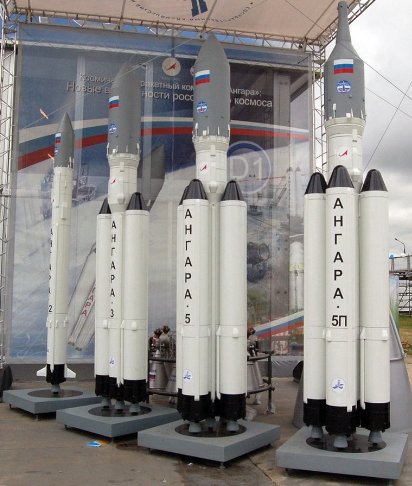fredymac said:
Spacex still targeting first flight of Falcon Heavy before year end.
So what has taken them so long? This should be a pretty straightforward upgrade--or at least the fanboys have been saying so for years. It's just strapping three Falcon 9s together (they gave up on crossfeed years ago).
My guess is that it is several things:
1. they keep changing the Falcon 9 design, which then forces the people working on Falcon Heavy to reconfigure
2. they don't have enough people to work on Falcon 9 and FH at 100%, so FH lags
3. Falcon Heavy does not have as many customers, no pressing requirement
4. bigger rockets are harder to develop
Add up all those things and it may explain the delay.



